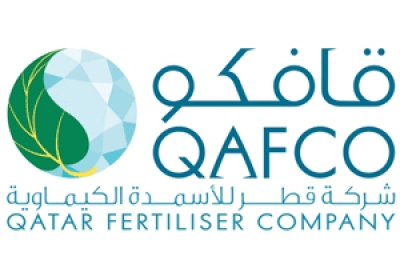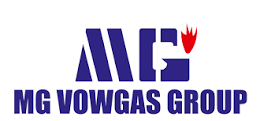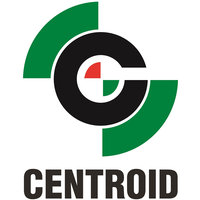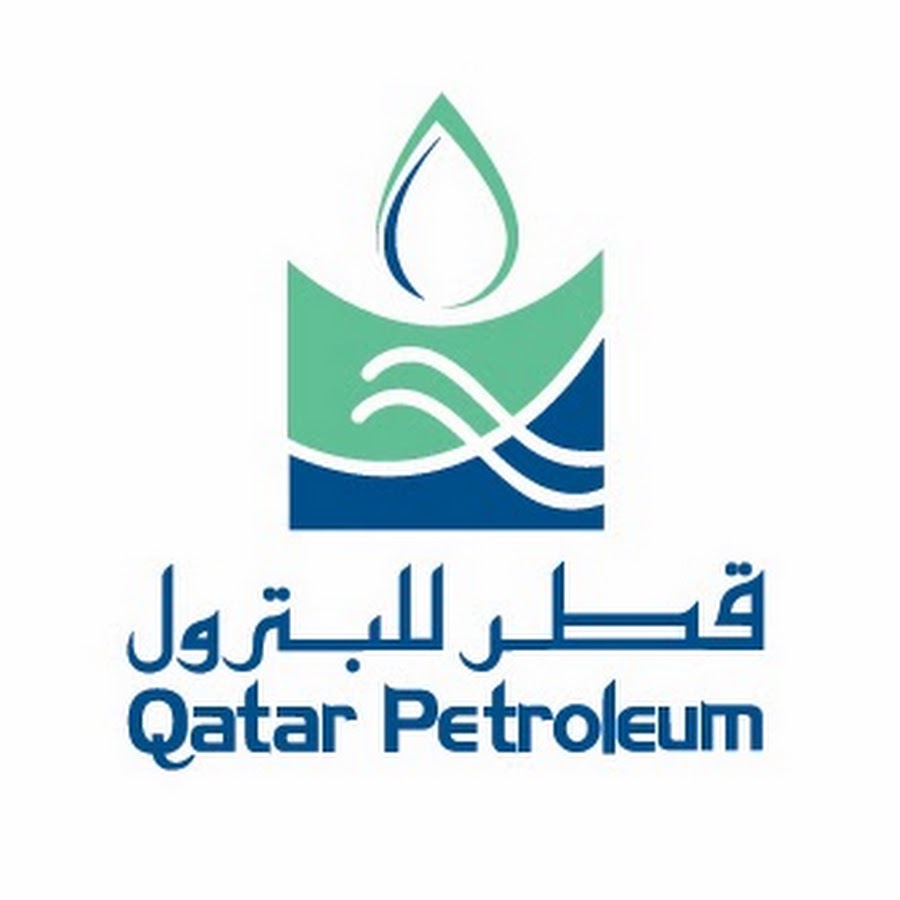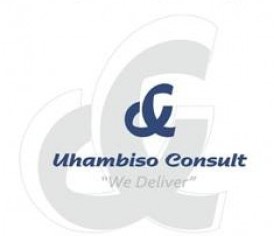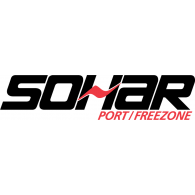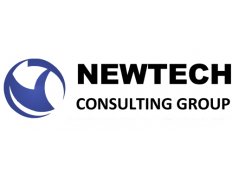IPEBS was established with a vision to offer proactive training & consulting services for Design & Construction of Building Services( MEP 3d Modeling, HVAC, Electrical, Plumbing & Fire Protection Systems) and Process Plant Engineering (Process Piping Engineering, Pipe Stress Analysis, Pipeline Design & Construction, Plant 3d Modeling & Mechanical Equipments).
IPEBS - Consulting
IPEBS team comprises of engineers and designers having experience in the design and construction of Electro-Mechanical (MEP) Building Services & Process Piping Engineering for Oil & Gas, Petrochemical & Process Plants.
IPEBS - Training
Thousands of engineers, Draftsman, technicians and designers have attended IPEBS Training programs. On a national basis, IPEBS is now unquestionably the number One professional Piping Engineering & MEP course provider.


 ASME B 31.3 - Process Piping (Design, Construction & Mechanical Integrity)
03-Nov-2025,Online
Read More >>
ASME B 31.3 - Process Piping (Design, Construction & Mechanical Integrity)
03-Nov-2025,Online
Read More >>
 ASME B 31.8 - Gas Transmission & Distribution Piping Systems - Online Training Course
07-Nov-2025,Online
Read More >>
ASME B 31.8 - Gas Transmission & Distribution Piping Systems - Online Training Course
07-Nov-2025,Online
Read More >>
 ASME B 31.1 - Power Piping Design, Construction & Integrity - Online Training Course
10-Nov-2025,Online
Read More >>
ASME B 31.1 - Power Piping Design, Construction & Integrity - Online Training Course
10-Nov-2025,Online
Read More >>
